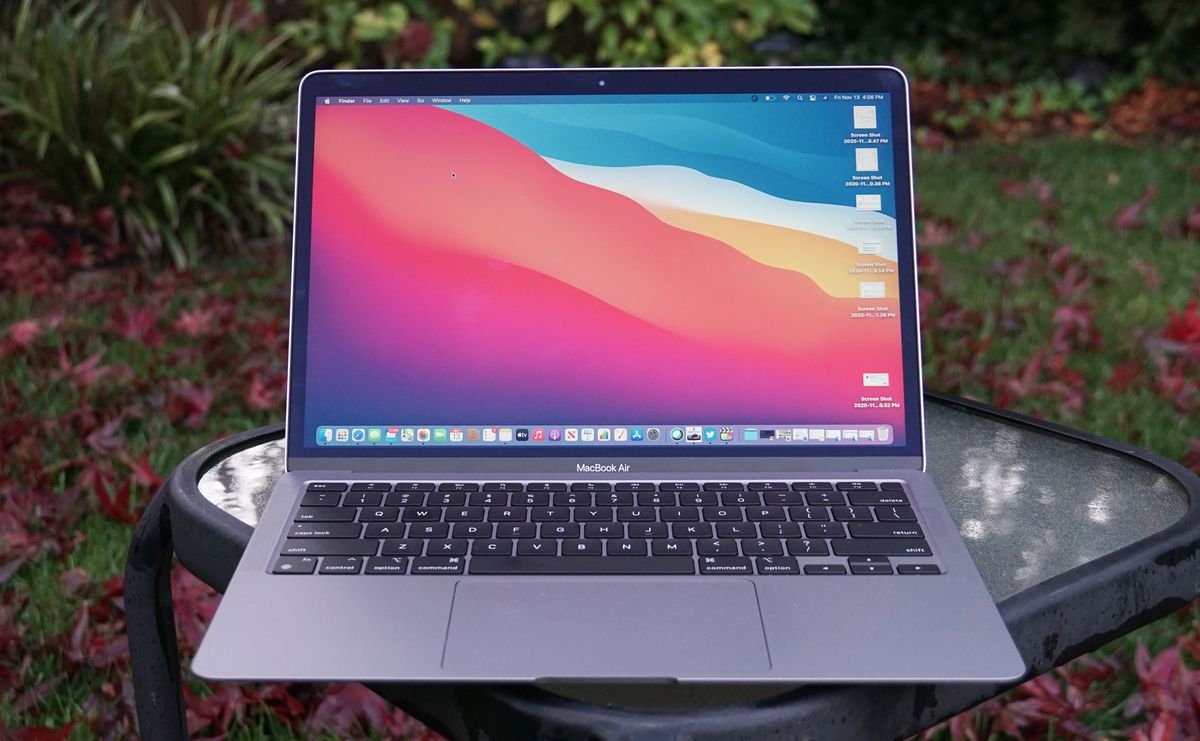Ransomware has become a defining threat of cybersecurity, increasing on scale, sophistication and cost. Only in the United Kingdom, the last months have seen a wave of high profile incidents that interrupt everything, from retail trade and logistics to public services, with consequences that go far beyond the IT department.
Take the case of Marks & Spencer. A great violation in April 2025 exposed customer data, triggered a generalized operational interruption and is already scheduled to have cost the company £ 300 million, apart from the billions of pounds or more, the incident has eliminated the market value of the retailer.
In CO-OP, an interruption linked by Ransomware stopped critical systems. The Legal Assistance Agency suffered a violation of delicate legal and financial records. Meanwhile, even Harrods and the logistics firm Peter Green Frilled were not saved. These are not isolated events: they are signs of a broader change.
Director of Architect of Solutions EMEA, Nasuni.
The United Kingdom retail industry only lost more than £ 2.2 billion to steal in stores last year, according to the British retail consortium. And although theft can be an old problem, ransomware has become its digital cousin, often as expensive, but much more difficult to track and recover.
As companies tell the cost of inactivity time, data loss and reputation consequences, one thing is clear: ransomware is not just a cybersecurity problem. It is a commercial problem. In a digital world, ransomware has not become anything more than the cost of doing online business, as well as stores is its brick and mortar equivalent.
Being realistic, the best cybersecurity efforts are more dissuasive than the panacea these days. And in addition to guaranteeing that they do what is necessary to ensure the perimeter, the most logical thing for organizations focusing is how to recover from the inevitable cyber attack; However, this is a block of obstacles to many companies.
Now it takes organizations an average of five weeks to recover completely from a cyber attack. In sectors where every hour offline, hundreds of thousands of pounds can cost, that loss rate is simply no longer sustainable. However, many is still an excessive index in prevention, when it is the speed of recovery, not perimeter defense, which finally defines the commercial impact of an attack. The question is no longer whether it is directed, but how fast it can be recovered.
The reality of recovery: why time is the new risk factor
The longer data recovery, the more damage it is done and, nevertheless, 72% of organizations take more than a week to restore operations after an attack. The average manufacturing and medical care for six weeks.
These delays are not simply inconvenience. According to the 2024 inactivity time report per ITIC hour, more than 90% of medium and large companies say that an hour of inactivity now costs more than £ 220,000. The recovery terms that extend in days or weeks can be translated into millions in lost income, interrupted services and long -term damage to the confidence of the brand and the trust of the shareholders.
What really means the hybrid cloud and why it matters
Hybrid cloud storage combines the performance of local systems with the scalability and durability of the cloud. For example, in hybrid cloud models, data can be stored locally for fast access, and each change can be stored in the storage of immutable cloud objects in real time.
This architecture supports AI preparation, multisitio collaboration and the Petabytes scale growth, but critically, is also based on ransomware resilience. When traditional safety servers and copies can be encrypted or eliminated, hybrid cloud platforms keep a centralized record of manipulations of each file version, stored safely and beyond the reach of the attackers.
That is why hybrid cloud storage is no longer a marginal technology, it is becoming the standard for modern IT resilience.
Hybrid Cloud secret weapon: file and immutability version
Ransomware attacks typically encrypt critical data and payment of demand. The most aggressive attackers now double, drip or sell confidential data to increase leverage. But if your organization can reverse the files to your clean state before the attack, in minutes, the threat loses your sting.
This recovery of 'point in time' is not theoretical. An increasing number of organizations trust your data data to platforms that capture continuous and immutable snapshots, which allows them to restore the files affected instantly. Some companies are now recovering in minutes, not weeks.
Inherited backup processes, with their dependence on daily or weekly windows, they cannot maintain the rhythm of modern threats. That is why many organizations move to the continuous version of files, with snapshot intervals as short as five minutes, which allows an almost snapshot recovery, eliminating rescue payments and eliminating the need for manual restoration days.
IT teams no longer need to rebuild entire environments; They simply select a clean point over time and restore the affected files with just a few clicks.
The recovery speed is important, but containment is equally important. Modern hybrid cloud platforms often include built -in ransomware detection, abnormal activity monitoring, quarantine threats and surgical recovery habilitation.
It is not surprising, then, that users of the hybrid cloud have 29% more likely to recover within a week than their non -hybrid peers. More importantly, they can isolate and restore only regions or sets of affected data, avoiding complete interruptions and stops throughout the business.
But technology alone is not enough. IT teams must be equipped with adequate tools, processes and authority to act quickly when it matters. Waiting for them to fix them with inherited backups and illusions is no longer sustainable, and runs the risk of converting an incident contained in a crisis of the entire company.
As a IT leader recently shared, having successfully restored operations after an attack: “The recovery was so fast, the conversation changed completely. It was no longer about recovering data, it was about cleaning affected final points and containing interruptions.” In other words, recovery becomes a coordination exercise, not a catastrophe.
Cybernetic Resilience Gaps and how the hybrid cloud unites them
Despite the continuous modernization efforts, many organizations still face critical gaps in their ransomware response:
- Data security and privacy concerns are significant barriers to adopt new technologies
- There is a great lack of internal skills to administer and ensure transitions, and
- Organizations themselves admit that their data is not backed, immutable or easily recoverable
That is a dangerous trio and that increases the risk of prolonged and expensive inactivity time.
Hybrid cloud platforms help close these holes. They automate protection, centralize the version of files and simplify recovery, even for Lean IT teams. With snapshots of immutable clouds and integrated monitoring, organizations can move from reactive crisis management to safe and controlled recovery.
Resilience is the true differentiator
Ransomware is now a fact of life, as inevitable as death and taxes, as the saying goes. And it is becoming more objective, more professional and more destructive. The United Kingdom has already seen the consequences this year.
Hybrid cloud storage offers a practical and proven way to reduce both the risk and the impact of an attack. Converts recovery into a competitive differentiator: the difference between inactivity days and business as usual.
And let's be honest: whether you are protecting customer data or the availability of Percy Pigs, you cannot afford to recover.
Check out the classifications of the best cloud backup platforms.
This article was produced as part of the Techradarpro Insights Expert Channel, where we present the best and most brilliant minds in the technology industry today. The opinions expressed here are those of the author and are not necessarily those of Techradarpro or Future PLC. If you are interested in contributing, get more information here:









